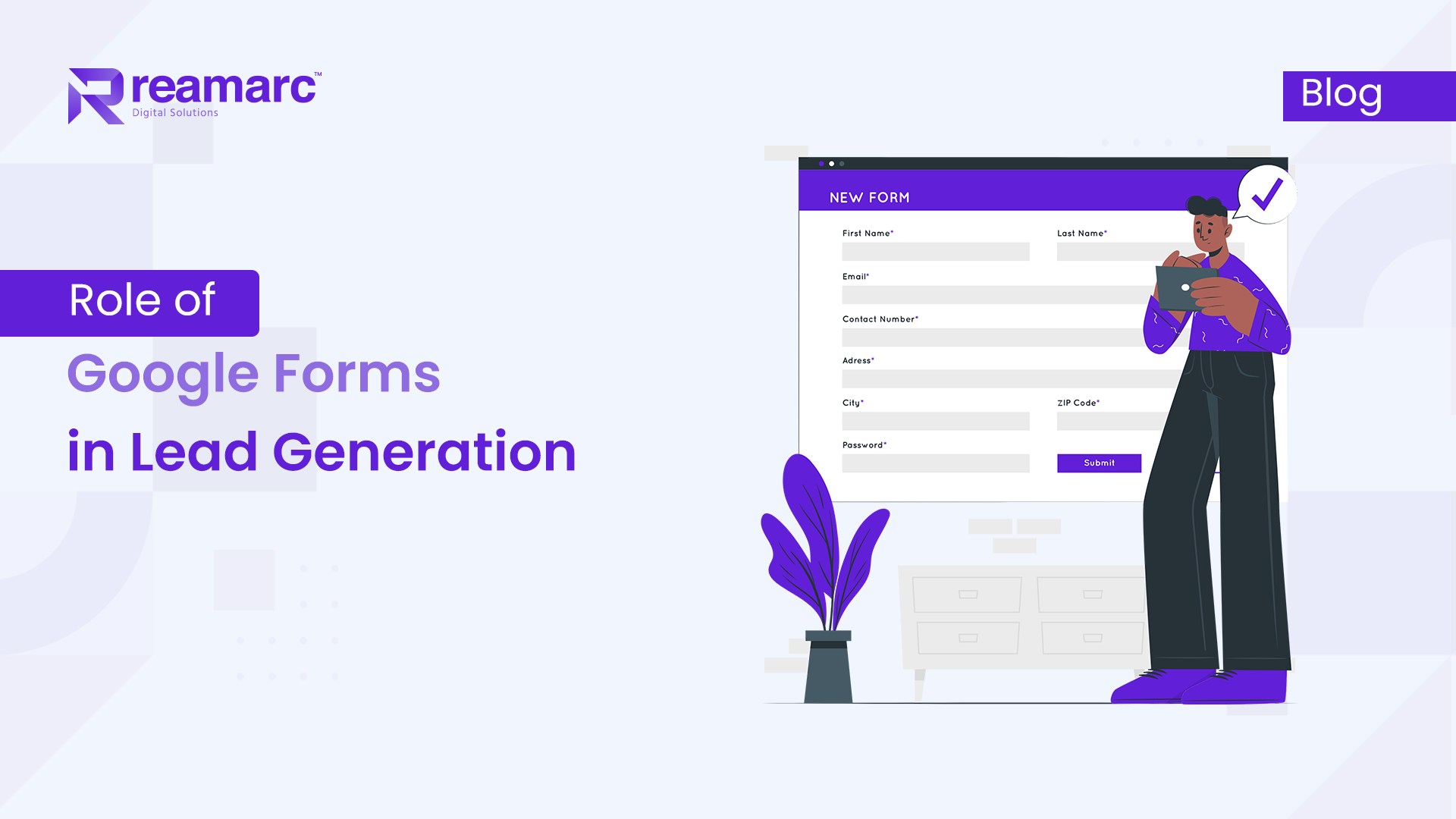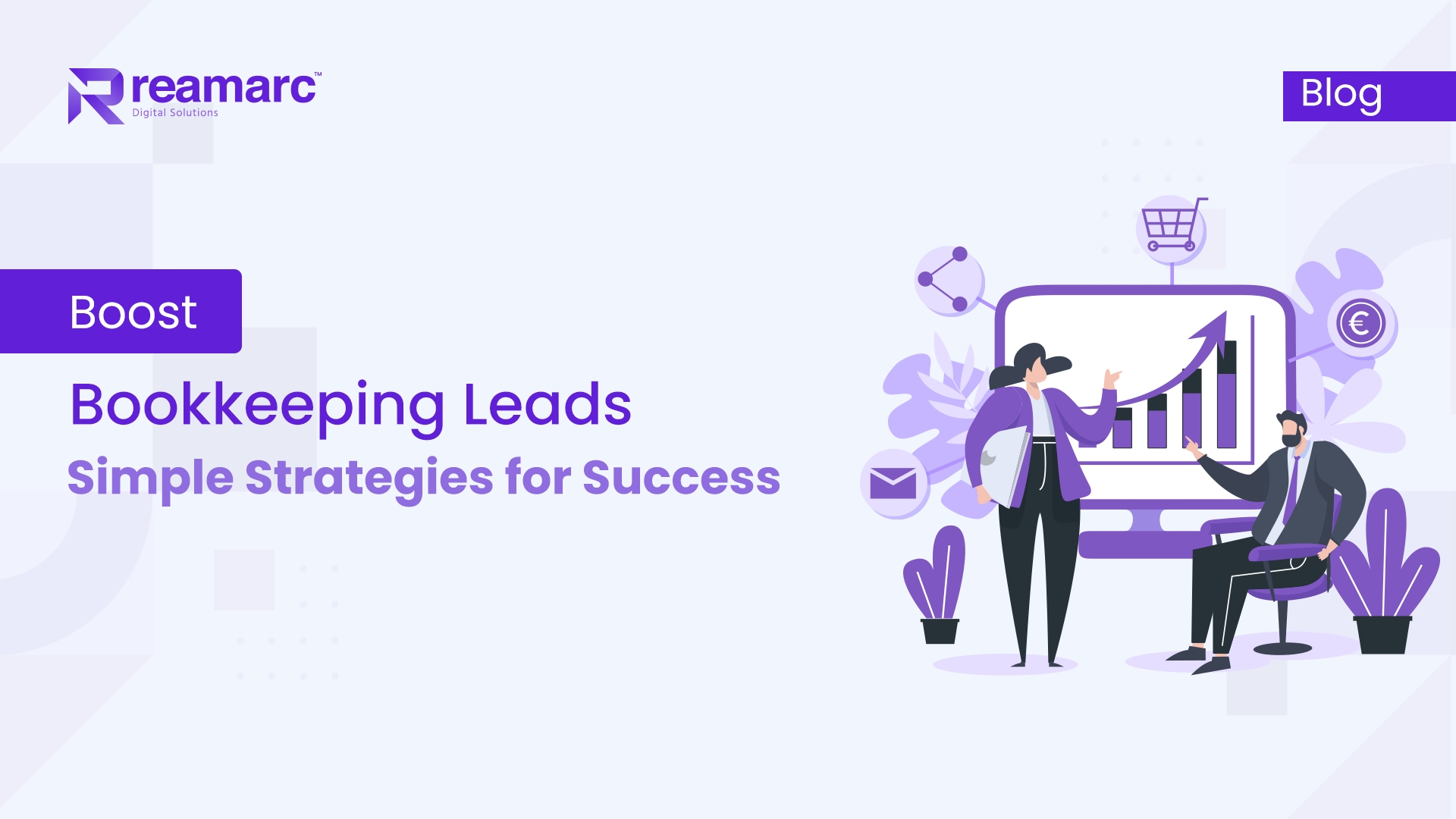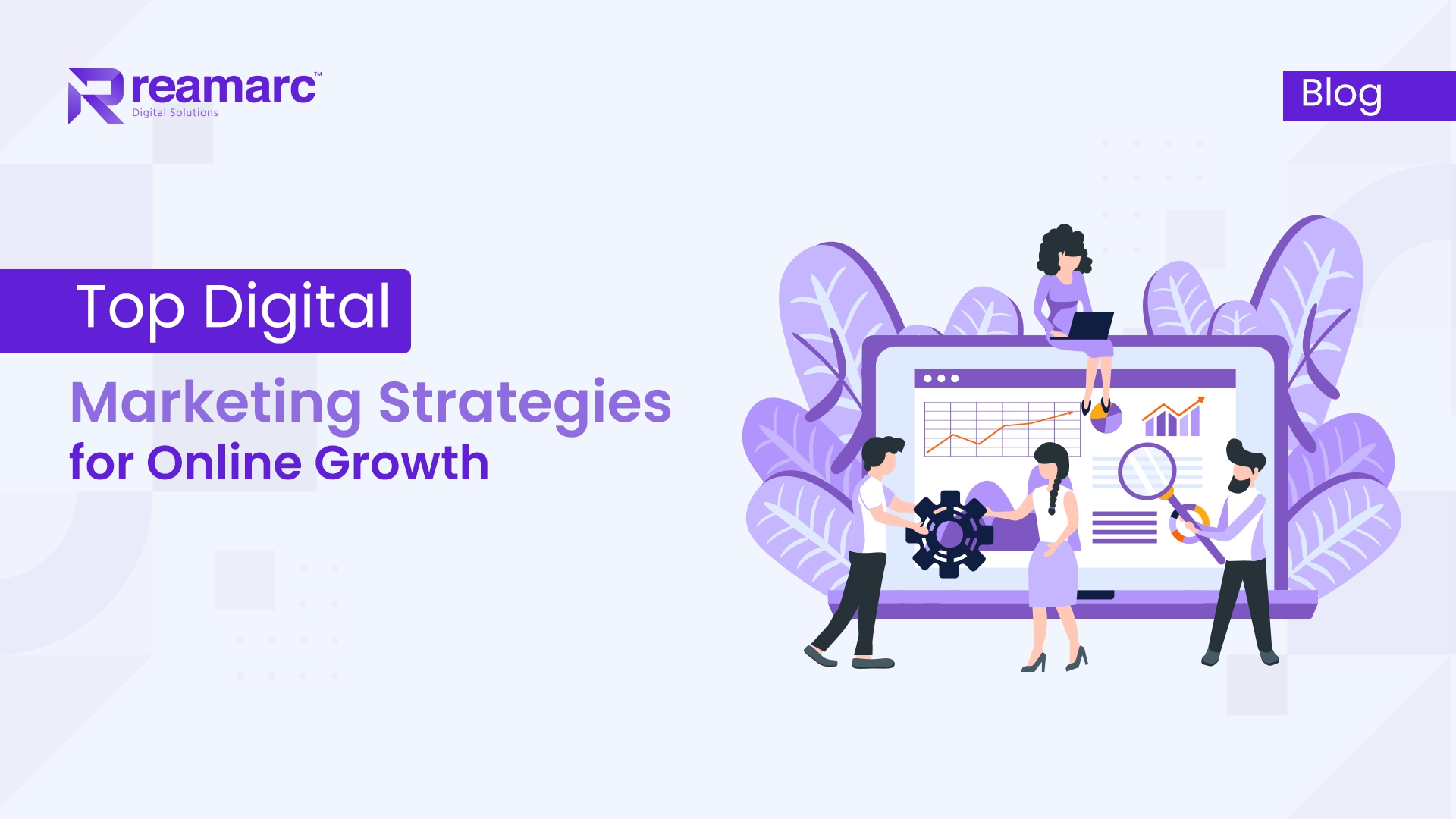Introduction
Google Forms, a versatile tool in the digital realm, plays a pivotal role in lead generation strategies. In this comprehensive guide, we’ll delve into the diverse dimensions of utilizing Google Forms to boost lead generation. From its functionalities to best practices, this article explores how harnessing this platform can amplify your business prospects.
Leveraging Google Forms for Lead Generation
Understanding the Essence
Exploring the fundamentals of how Google Forms contributes to lead generation unveils a world of opportunities for businesses. It serves as a dynamic gateway to collecting crucial data from potential leads. From contact details to specific preferences, these forms act as valuable repositories of information, enabling personalized interactions.
By using Google Forms, businesses can easily create customized forms that align with their branding and capture the necessary information from potential leads. The data collected can then be analyzed to identify patterns and trends, allowing businesses to tailor their marketing strategies and improve their conversion rates.
Crafting Captivating Forms
Designing compelling and user-friendly Google Forms lies at the crux of effective lead generation. Embedding engaging questions, incorporating visuals, and ensuring seamless navigation enhance user experience, fostering higher completion rates and better data collection.
In addition, using conditional logic in Google Forms can help businesses gather more specific and relevant information from their leads.
By asking follow-up questions based on previous responses, businesses can gain deeper insights into their target audience and personalize their marketing efforts accordingly. Additionally, optimizing the form for mobile devices is crucial in today’s mobile-first world, as it allows for easy access and completion on smartphones and tablets.
Integration with Marketing Strategies
The synergy between Google Forms and marketing endeavors is undeniable. Aligning these forms with targeted campaigns or landing pages optimizes lead capture. Leveraging analytics and insights from these forms can streamline strategies, ensuring a more focused approach to customer engagement.
Strategies for Maximizing Lead Generation
Tailoring Forms for Audience
Understanding your audience is pivotal. Tailor Google Forms with relevant and concise questions, ensuring alignment with the audience’s preferences and needs. This personalized touch enhances response rates and quality leads. In addition, consider using conditional logic in your forms to make them more interactive and engaging. By showing or hiding questions based on previous responses, you can gather more specific information from your audience and provide a seamless user experience. Ultimately, this will help you generate leads that are more likely to convert into customers.
Automation for Efficiency
Embrace automation tools to streamline the lead generation process using Google Forms. Integration with CRMs and email marketing platforms facilitates swift follow-ups, nurturing leads into potential customers. Automating the lead generation process not only saves time and resources but also ensures consistent and timely communication with potential customers. By utilizing automation tools, you can track and analyze data to optimize your lead generation strategies, increasing the chances of converting leads into loyal customers.
Optimizing Call-to-Actions (CTAs)
Strategic placement of CTAs within Google Forms prompts immediate action. Craft compelling CTAs that resonate with the audience, encouraging them to share information willingly.
This can be achieved by using persuasive language and offering incentives for providing their contact details. Additionally, regularly testing and refining your CTAs based on user feedback and analytics can further improve their effectiveness in driving conversions.
Conclusion
Harnessing Google Forms for lead generation extends beyond mere data collection. It’s a strategic tool that, when utilized adeptly, can revolutionize how businesses connect with their audience, fostering growth and conversions.





